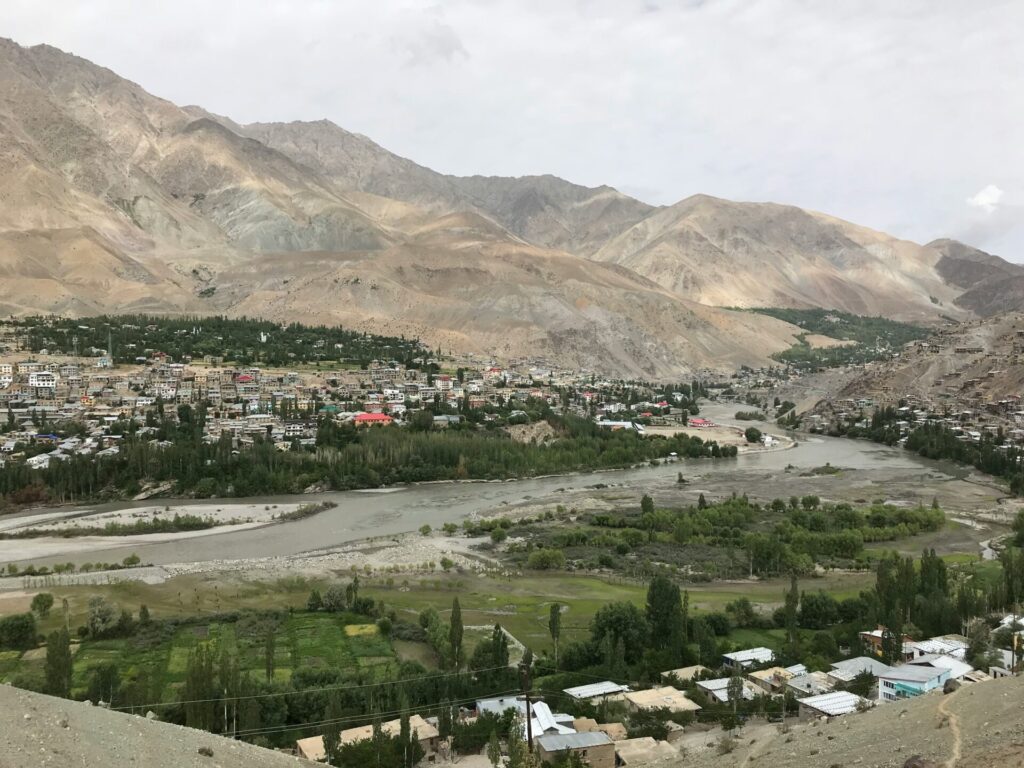As we say goodbye to 2024, one thing has becoming increasingly undeniable: climate change is making natural disasters more frequent and destructive across the globe. From hurricanes to wildfires, droughts, and extreme weather events, last year was a stark reminder to us all of the growing environmental crisis.
In 2024, global temperatures reached new highs, with the year being ‘virtually certain’ to become the hottest on record. The frequency of extreme weather events also surged. Between 2020 and 2024, the average time between events decreased from 82 days in the 1980s to just 15 days, highlighting the escalating severity of climate-related disasters.
A report by the World Meteorological Organisation found that greenhouse gas levels continued to rise last year primarily due to the burning of fossil fuels, deforestation, and industrial emissions. According to the report, CO2 levels passed 420 parts per million (ppm) for the first time, a sharp increase from pre-industrial levels of 280 ppm.
The environmental toll was also coupled with economic consequences. Natural disasters in 2024 caused an estimated $310 billion in damages, marking the fifth consecutive year with losses of over $100 billion. This total surpasses the previously reported $229 billion.
Below, we take a look at some of the most significant climate events of 2024 that have left a lasting impact on communities, ecosystems, and economies globally.
Hurricane Helene, United States

In September 2024, Hurricane Helene became one of the deadliest storms of the year, ravaging the United States and leaving a trail of destruction in its wake. The Category 5 hurricane caused at least 235 fatalities and widespread property damage, particularly in coastal regions. As the storm swept across the Gulf Coast, high winds and torrential rains devastated infrastructure, displaced thousands of people, and flooded entire neighborhoods.
Experts have pointed to the increasingly intense hurricane seasons as a direct result of climate change, with rising sea temperatures causing more powerful storms.
Typhoon Yagi, Southeast Asia

In August 2024, Typhoon Yagi struck Southeast Asia, becoming one of the deadliest storms in the region that year. The typhoon resulted in approximately 844 deaths and displaced tens of thousands of people. The high winds and heavy rainfall caused widespread flooding and landslides, damaging homes, infrastructure, and agricultural lands.
The storm was particularly devastating in the Philippines, Vietnam, and parts of Thailand, where many families lost their homes and livelihoods. Typhoon Yagi served as a tragic reminder of the vulnerability of Southeast Asia to climate-induced disasters.
Valencia, Spain

In October 2024, Spain experienced one of its most devastating weather events in recent years when a DANA system – a weather phenomenon that happens when a mass of cold air gets trapped over a region – which caused severe flooding. Intense rain inundated streets, homes, and businesses and led to flash floods that killed 224 people and left more than $4 billion in damages.
The flooding was exacerbated by already saturated ground from previous storms, making it difficult for drainage systems to cope with the volume of water. In addition to the human toll, the agricultural sector faced significant losses, with crops and livestock destroyed. Valencia and the surrounding regions of Almería and Andalusia produce the lion’s share of Spain’s fresh produce, including more than 60 per cent of the country’s citrus fruits.
The Amazon Drought

The Amazon rainforest, often referred to as the ‘lungs of the Earth,’ faced its most severe drought on record in 2024. The Amazon River reached historically low water levels, dropping by up to 50 per cent in some areas, leaving riverbeds dry, boats stranded and aquatic animals such as dolphins beached. The drier conditions also contributed to more wildfires in the region, which saw a 40 per cent rise in frequency last year, destroying swathes of forest and contributing to the release of more carbon emissions.
The Amazon plays a critical role in mitigating climate change by absorbing large amounts of carbon dioxide. The ongoing deforestation, combined with the effects of drought, makes it increasingly difficult for the rainforest to carry out this critical function.
Southern Africa Drought

Southern Africa faced one of its worst droughts in decades in 2024, affecting countries like Zambia, Malawi, and Zimbabwe. The drought, fueled by the ongoing effects of El Niño, led to devastating food and water shortages, putting millions of people at risk. In Zimbabwe alone, over 4 million people faced food insecurity, and 30 per cent of the population faced severe water shortages
Agricultural production was hit hard, with crops failing and livestock dying from the lack of water and grazing land. In Zimbabwe, over 9,000 cattle deaths were reported as farmers struggled to provide adequate food and water.
The humanitarian crisis was made worse by rising food prices. Governments in the region declared a state of disaster, and international aid organisations stepped in to provide emergency relief. However, the long-term effects are still being felt, with recovery expected to take years.
The Way Forward
From deadly hurricanes to devastating droughts and wildfires, these events are a wake-up call for governments, industries, and individuals to take urgent action. The international community must prioritise climate adaptation and resilience, particularly in regions most vulnerable to extreme weather events.










